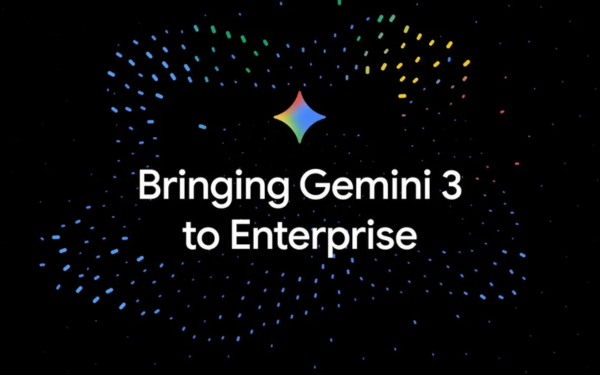Manage your work and personal schedule better with Google Calendar
What's new?: Whether you're on vacation or simply out of office hours, Google Calendar can help protect your schedule. Google has introduced a number of new features when you are out of the office and during business hours to further improve your digital space.
“Out of Office” – Indicate when you are on holiday or not in working time
When creating a web event, simply select the “Out of Office(Not at the office). The Out of Office section will have a different look on the Calendar calendar, helping people know when you're not in working time.
Google Calendar will automatically decline meetings that take place during this time period. You can customize the meeting opt-out messages as well as the title visibility for the Out of Office section.
When creating a calendar on Calendar, you will see there are 4 items available, including: Event – Reminder – Out of Office – Appointment slot. Going forward, Google Calendar will try to intelligently format (based on the title entered) to predict when you are creating an Out of Office item and automatically change to the corresponding calendar type.
Limit your working hours
By setting working hours, you can keep your personal schedule separate from your work schedule. When a coworker tries to schedule a meeting while you're out of the office, they'll be notified that you can't join the meeting.
Previously, you could set your work hours to a certain period for all days of the week. With this newly launched feature, you can customize your working hours for individual days.
Based on your time zone and past booking habits, Google Calendar can now infer your working hours. You may see a prompt asking you to set your work hours, and you can customize additional working hours as needed.
Google Calendar will notify you when people opt out of an event
Your time at work is important — Google wants to help you manage it effectively with Calendar. In addition to scheduling and joining meetings, it's also important to know when to cancel or reschedule meetings if few people are in attendance. That's why Google introduced a feature that helps you know which meetings are not attended and helps you come up with a solution.
In the past, you would have to look at the event's details or check your inbox to see how people responded to an event (joined/opt-in/wasted). Now, you don't need to do those complicated operations and still be able to see when people decline the meeting. Google will display a notification about the event, flagging it to warn you that all attendees have declined.
After you click one of the events in Calendar, you can do one of the following:
- Cancell the meeting – Cancel the meeting: If you are part of the event organizers group, you can delete the event if no one is attending. All guests will also be notified and can delete the event from their personal calendars.
- Reschedule the meeting – Schedule a new time frame for the meeting: You can reschedule the event, manually or with “Find a time”. Invited guests (or organizers belonging to the same domain, but without the “Find a time” feature) can email other guests to suggest organizing at a different time.
- Dismiss an event – Dismiss an event: Until the event is moved to a new time, the user can skip viewing the meeting's alerts.
Google hopes that this new feature helps you make the most of your precious time.
Update: Gimasys



